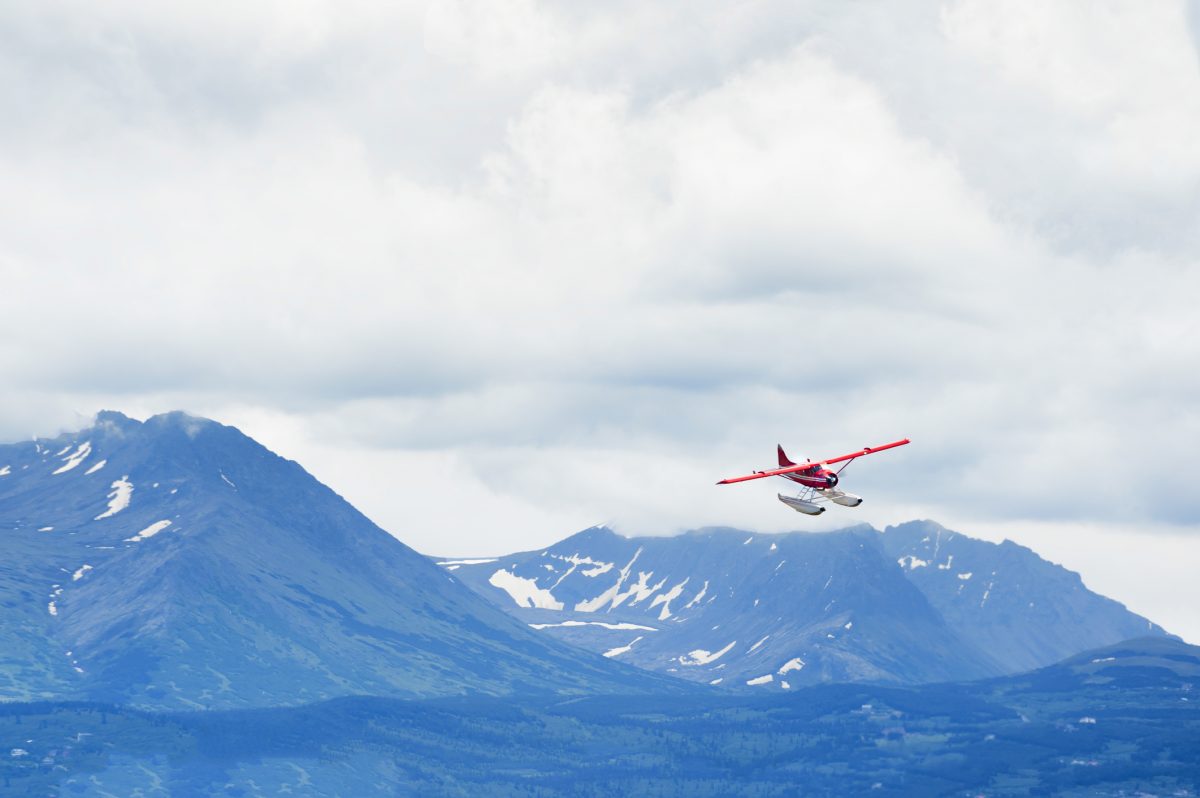Old Man Winter has arrived, bringing with him plenty of wind, snow, and ice. These conditions can pose a unique set of challenges both on the ground and in the air. But while cold-weather flying can be difficult, that doesn’t necessarily mean you have to hangar your airplane all winter long. Some pilots consider wintertime the best season to fly, swapping their wheels for skis and taking advantage of boosted engine performance to enjoy an entirely new flying experience.
Before you take to the skies this winter, you’ll need to plan ahead. Here are some cold-weather flying considerations to add to your checklist:
- Prepare for night flying. Winter days are shorter, which means you might find yourself running out of daylight sooner than expected. The FAA requires three nighttime takeoffs and landings every 90 days in order to be passenger-carrying current for night flight, but currency isn’t the same as proficiency. It’s best to have a few hours of recent night flying experience so you’re not caught off guard. Grab your instructor and practice for a few hours under the hood. It’s well worth it to be proficient!
- Don’t skimp on the preflight. When the temperature is below freezing, it’s tempting to give your airplane a half-hearted preflight. However, there’s no good reason to rush through your normal preflight inspection. Dress warmly and take your time so you don’t miss anything important.
- Warm it up. Starting your engine in below-freezing weather can cause a lot of wear and tear. To prevent this, preheat the engine before flight, especially if you’re not storing your airplane in a hangar. Keep in mind that using an electric aircraft engine heater comes with some potential fire hazards. Never leave your airplane unattended during the preheating process and always have a fire extinguisher handy just in case.
- Remove all snow and ice. During the cold-weather months, you’ll need to arrive early to clear away any snow and ice from your airplane before flying. If possible, move your airplane into a heated hangar so the snow and ice can melt. If you don’t have access to a heated hangar, de-icing fluid is another option. Avoid removing ice and snow with an ice scraper, broom, or credit card, which can damage your paint and windows. After you’ve completely removed the snow and ice, dry the airplane completely. To prevent hazardous icy build-up on your wings or propeller during flight, it’s a good idea to invest in a set of wing covers and aircraft propeller de-ice boots.
- Inspect fuel vents. Inspecting the fuel vents is a must before any takeoff, but take extra care to check them during the winter months. If snow or ice plugs up a vent, it could cause engine failure or other expensive (and potentially dangerous) damages.
- Use the right engine oil. Cold-weather flying may require a different type of oil for your airplane. Check the manufacturer’s specifications to ensure you’re using the correct engine oil.
- Dress for the weather. In the event of an emergency or unexpected stopover, you don’t want to get stuck in the cold without appropriate clothing. Dress in layers and always bring a hat, gloves, and boots. Make sure your passengers are dressed for the weather, too. While you’re at it, check that the survival kit on board the aircraft is well-stocked with supplies to survive in freezing conditions, including wool blankets, food, a tarp, extra batteries, and fire-starting tools.
- Maintain tire pressure. Cold temperatures will decrease the air pressure in your airplane’s tires, just like the tires on your car. Low tire pressure can impact aircraft performance or even result in a blowout on landing, so check the pressure often as the temperature drops.
- Check the batteries. Wet cell batteries need to be kept fully charged during the winter months or removed when an aircraft is kept parked in cold air. Batteries that lose their charge during a hard start should be immediately recharged to prevent any damage.
- Plan for inclement weather. While you should be prepared for inclement weather during every season, winter weather can be especially hazardous. Be sure your flight plan and flight preparation takes the risk of weather into account, and know your alternates.
Finally, have fun! As long as you perform the proper maintenance and safety checks, winter flying can be every bit as enjoyable as summer flying. Do you have any other tips for safe cold-weather flying? Let us know on Facebook or Twitter.
